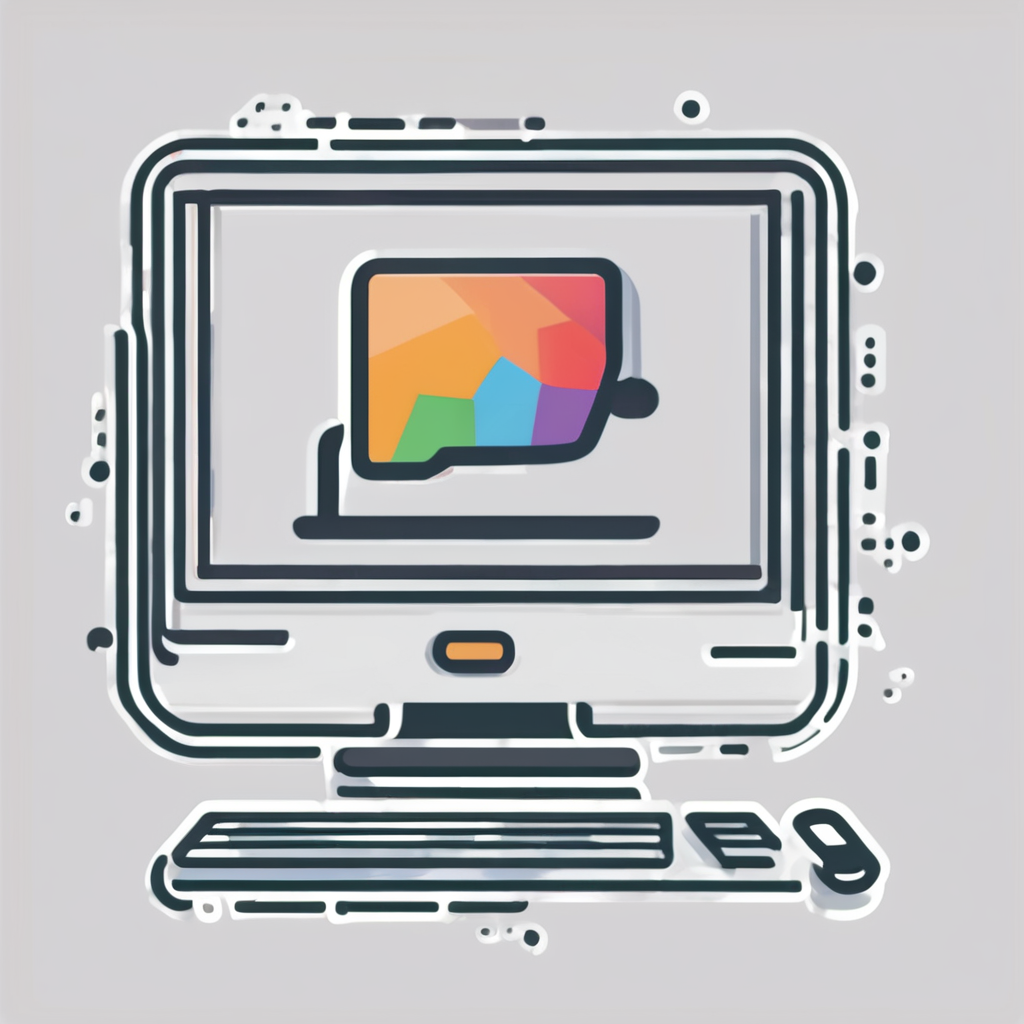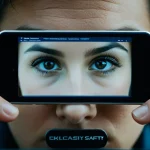The Evolution of Information Access in the Internet Era
Accessing information before the Internet relied heavily on physical sources such as libraries, archives, and print media. People depended on encyclopedias, newspapers, and card catalogs, often requiring significant time and effort to locate desired data. This traditional system was limited by geography, availability, and the speed of manual search processes.
The Internet impact on information access initiated a profound transformation. With the advent of digitalisation and widespread Internet connectivity, information retrieval shifted from manual to automated, enabling instant access to vast data collections worldwide. This transition marked a departure from previous constraints, making information more accessible, timely, and diverse.
Also to see : How Are Emerging Technologies Shaping the Future of the Internet?
Several key milestones define this evolution. The development of search engines revolutionized how users find information, while the digitisation of archives and books expanded the available resources far beyond physical locations. Additionally, advancements in metadata and indexing techniques enhanced the efficiency and precision of information retrieval systems. These shifts illustrate the stark contrast between the pre-Internet era and the digital age, highlighting the Internet’s role in democratizing knowledge and reshaping our interactions with information.
Speed and Volume of Information Delivery
The speed of information today is unprecedented. Unlike traditional manual searching through printed sources, which could take hours or days, digital platforms provide instant access to an enormous volume of data online. This rapid availability transforms how individuals and professionals gather and verify information.
This might interest you : Unlock your growth with AI search optimization techniques
Digital libraries and extensive databases have exploded in size and scope, becoming key resources. They offer searchable and categorized content that efficiently narrows down relevant facts. The growth of these repositories, including academic journals and public archives, means users can find reliable material without physical limitations.
Another critical factor is the rise of real-time updates. Whether it’s breaking news or newly published academic findings, information flows continuously and is accessible immediately. This immediacy supports timely decision-making and keeps users well-informed in rapidly changing fields. The combination of vast data and instant availability marks a significant evolution from past research methods.
Global Reach and Democratization of Knowledge
The global information access facilitated by digital platforms has transformed how people worldwide acquire and share knowledge. By breaking geographic and socioeconomic barriers, these tools enable individuals from diverse backgrounds to engage with content that was once limited to privileged regions or groups. For instance, open knowledge initiatives like Wikipedia offer free, collaborative information accessible to anyone connected to the internet, effectively democratizing learning resources.
Moreover, the rise of online courses and open-access research materials further supports this trend by providing educational opportunities regardless of location or economic status. However, the digital divide remains a pressing challenge; many regions still face limited internet connectivity or lack of affordable devices, hindering full participation in this knowledge revolution.
Efforts to bridge this divide focus on expanding infrastructure, subsidizing access, and promoting digital literacy, aiming to ensure that the benefits of global information access reach everyone equally. These initiatives are crucial to move toward a world where knowledge is truly democratized and universally available.
Enhanced Interactivity and User Engagement
Interactive information has transformed how users engage with digital content. Modern search engines now offer personalized, on-demand retrieval, tailoring results based on individual preferences and behavior. This shift allows users to access relevant data more efficiently, improving their overall experience.
Social media platforms and forums play a vital role in fostering user-generated content. These spaces encourage people to share knowledge, opinions, and solutions, creating vibrant communities centered on collective learning. As users contribute diverse insights, the breadth and depth of accessible information expand continuously.
Moreover, crowdsourcing and Q&A sites empower users to participate actively in information creation. Collaborative platforms unite experts and novices alike, enabling dynamic exchanges that refine and enhance available knowledge. These mechanisms promote engagement by valuing user input, making information ecosystems more inclusive and responsive.
Comparisons with Pre-Internet Information Methods
Before the rise of digital technology, pre-Internet research methods were dominated by time-consuming and often cumbersome processes. Researchers depended heavily on libraries, microfiche, and physical archives to access information. This involved manually searching through endless rows of books, periodicals, and archived documents, which could take hours or even days. The sheer volume of physical resources meant limitations in accessibility—only certain documents were available at specific locations, and accessing rare or specialized materials often required travel or inter-library loans.
The labor-intensive nature of these traditional methods meant significant time investment was unavoidable. Unlike today’s instant access, researchers had to contend with the slow pace of physically browsing and photocopying sources. Additionally, the fragility of physical archives limited how often and thoroughly materials could be consulted without risk of damage.
With the advent of the Internet, digital transformation revolutionized access to information, offering immediate retrieval of vast datasets. Digital databases and online libraries drastically cut down the time required for research and expanded the scope of accessible materials beyond geographical constraints. However, this shift also brought certain trade-offs. Digital sources demand technological literacy and raise concerns about information overload and reliability compared to curated physical collections.
In essence, while print vs digital comparison reveals significant improvements in speed and convenience, the nature of inquiry has shifted, posing new challenges in evaluating and managing an abundance of digital data.
Benefits and Opportunities Introduced by the Internet
The advantages of Internet information are vast and transformative, particularly in education. It has significantly expanded lifelong learning opportunities by providing countless resources and courses accessible anytime, anywhere. This fosters continuous personal and professional growth beyond traditional classroom settings.
Moreover, the Internet enhances accessibility for individuals with disabilities or those living in remote areas. Tools like screen readers, voice commands, and subtitles, combined with the ease of accessing information online, empower users to overcome physical or geographical barriers, ensuring equitable access to knowledge and services.
Connectivity via the Internet also stimulates innovation and promotes knowledge sharing. By linking experts and enthusiasts globally, it creates vibrant communities where ideas and discoveries spread rapidly, fueling advancements in science, technology, and culture. This dynamic environment continuously generates new opportunities for collaboration and problem-solving.
Challenges: Misinformation, Information Overload, and Reliability
In today’s digital landscape, internet misinformation spreads rapidly, often outpacing the truth. The sheer volume of content online makes it difficult for users to discern reliable information from falsehoods. This flood of information creates an environment where distinguishing fact from fiction demands vigilant critical thinking online.
The prevalence of misinformation is amplified by social media platforms and automated sharing mechanisms. False information can influence opinions and decisions before fact-checking has a chance to intervene. Consequently, users face not only an abundance of data but also a high risk of encountering misleading or manipulated content.
Addressing these challenges requires a multifaceted approach. Effective fact-checking tools and strategies—such as verifying sources, cross-referencing claims, and applying critical evaluation—are essential to maintain information integrity. Moreover, responsibility lies not just with platforms but also with individuals to cultivate skills in critical thinking online to navigate this complex information ecosystem confidently. The combination of advanced verification tools and informed user behavior forms the best defense against misinformation and information overload.




